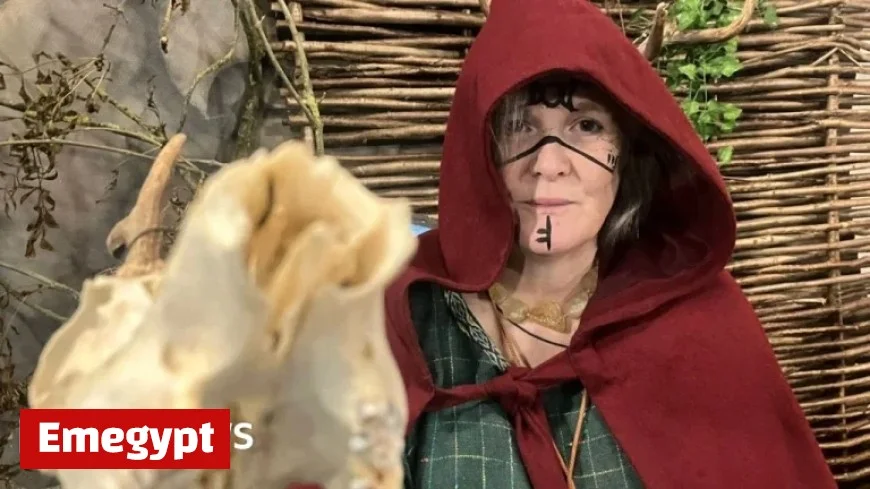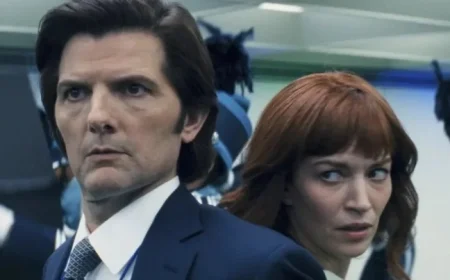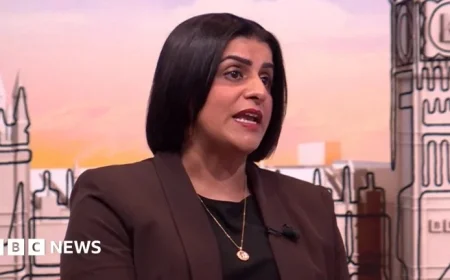Explore the Celtic Origins of Halloween by Celebrating Samhain in Ireland

Halloween, a holiday celebrated worldwide, has deep roots in Ireland, tracing back over 2,000 years. The festival’s origins lie in the ancient Celtic fire festival known as Samhain, which marked the transition from harvest season to winter. Today, Halloween generates billions in revenue globally and incorporates various traditions, including the growing popularity of pumpkins.
The Significance of Samhain in Irish Culture
Samhain is not merely a celebration; it’s a time of spiritual significance. It historically signified the boundary between the living and the dead. This belief evolved into the Christian observances of All Saints Day on November 1 and All Souls Day on November 2. Despite its pre-Christian origins, many aspects of the festival were incorporated into Christian practices following the arrival of St. Patrick in 433 AD.
Modern Celebrations and Traditions
- Local Festivals: Many communities hold small-scale celebrations influenced by tradition.
- Large Events: Major festivities can attract over 100,000 visitors.
- Dress-Up Activities: St. Joseph’s Primary School in Crossgar hosts an annual fancy-dress parade and disco.
Events like these connect the past and present, providing a platform for children to experience the magic of Halloween through fun costumes and activities.
Living History Events
This year, the Navan Centre outside Armagh is hosting a special living history event focused on Samhain. Carolyn Cairns, portraying a druid, emphasizes the festival’s enduring importance. She states the necessity of remembering the roots of Halloween, noting that “everything good begins in the dark.”
Cairns also indicates that at this time of year, it’s customary to leave treats for fairies to avoid any tricks. Often, this involves small offerings of milk and honey placed to the west of one’s home.
Storytelling and Traditions
Alan Sneddon, also participating in the Navan Centre’s event, portrays Sencha, the master bard. He explains that Samhain was grounded in the realities of life, such as war and disease, which affected life expectancy during ancient times. He notes that on this night, the veil between different worlds is at its thinnest, making it vital for children to wear masks as a protective charm against fairy abductions.
“Masks have played an essential role at Samhain,” Sneddon adds. “They serve to shield children from being replaced by fairy folk.”
Children’s Perspectives on Halloween
At St. Joseph’s Primary School, children excitedly participate in Halloween festivities. Youngsters like Ella Rose express their love for parading in costumes. “I’m going trick or treating with my family, and I can’t wait for the sweets,” she remarks.
- Costumes: Children don various quirky outfits, from witches to characters from horror movies.
- Activities: Popular activities include trick-or-treating, spooky walks, and traditional games like bobbing for apples.
Halloween, while commercialized, maintains its core essence of mystery, fun, and an appreciation for its Celtic origins. These celebrations continue to blend folklore with vibrant modern customs, ensuring that the spirit of Samhain thrives.
































